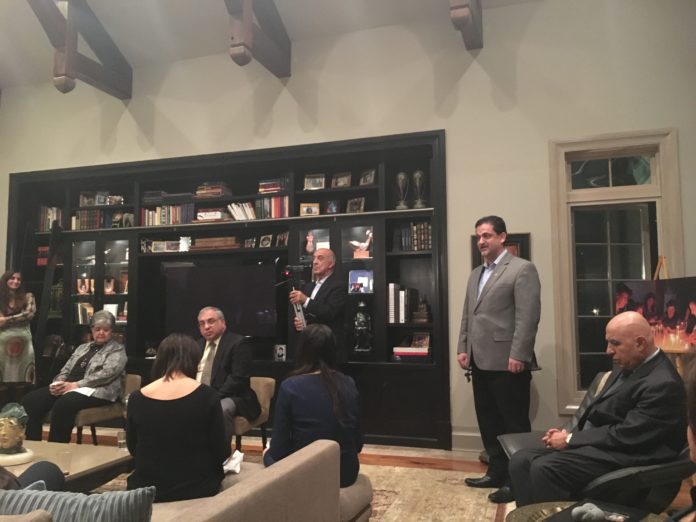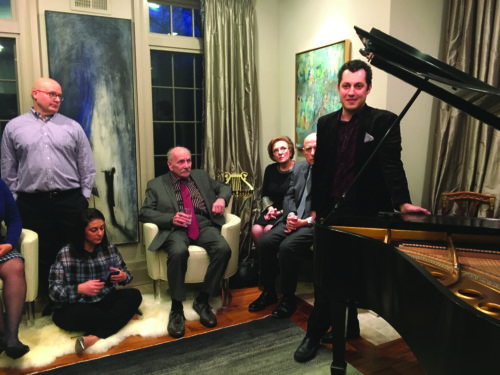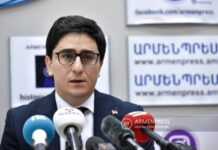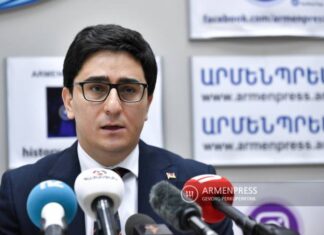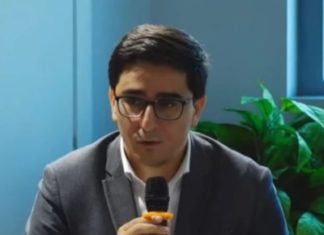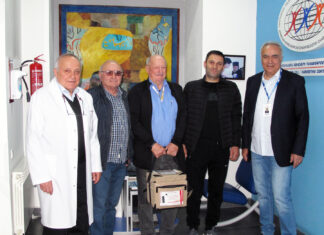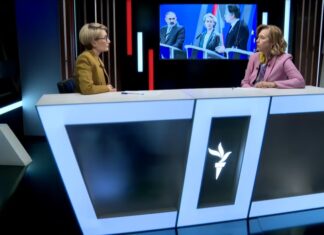By Taleen Babayan
SADDLE RIVER, N.J. — The 30th anniversary of the Artsakh Movement brought together 75 supporters and community activists for a reception and presentation benefitting the Artsakh Fund of the Armenian Cultural Association of America (ACAA), hosted at the home of Greg and Meline Toufayan on Sunday, February 11.

Organized by the ACAA of New Jersey, the gathering served as an opportunity to reflect on the origins of the movement, which emerged on February 13, 1988 during the first demonstrations in Stepanakert that called for the majority Armenian-populated lands to be transferred to the jurisdiction of the Soviet Republic of Armenia. Over the last three decades, funds were raised not only for the war with Azerbaijan in the 1990s but to continue providing aid to citizens, particularly in the border villages.
The program opened with a cocktail hour and a musical performance by pianist, composer and conductor Karén Hakobyan, who played classical and jazz selections from Komitas, Gershwin and Kapustin.
Serving as the master of ceremonies, Artsakh Fund member Alex Sarafian reflected on his experiences in the late 1980s when the movement for autonomy began to unfold. Sarafian provided a historic sketch of the turbulent times as protests in Armenia and Artsakh gained momentum and the consequential need emerged for weapons, ammunition, vehicles and fuel during the ensuing war as well as aid for the countless refugees, which were funded by the greater American-Armenian community.
“Whenever we are faced with a dire situation or calamity, we have always come together to help,” said Sarafian. “This is what happened with the Artsakh Movement when American-Armenians from all the organizations and from all corners of the world helped the cause.”



